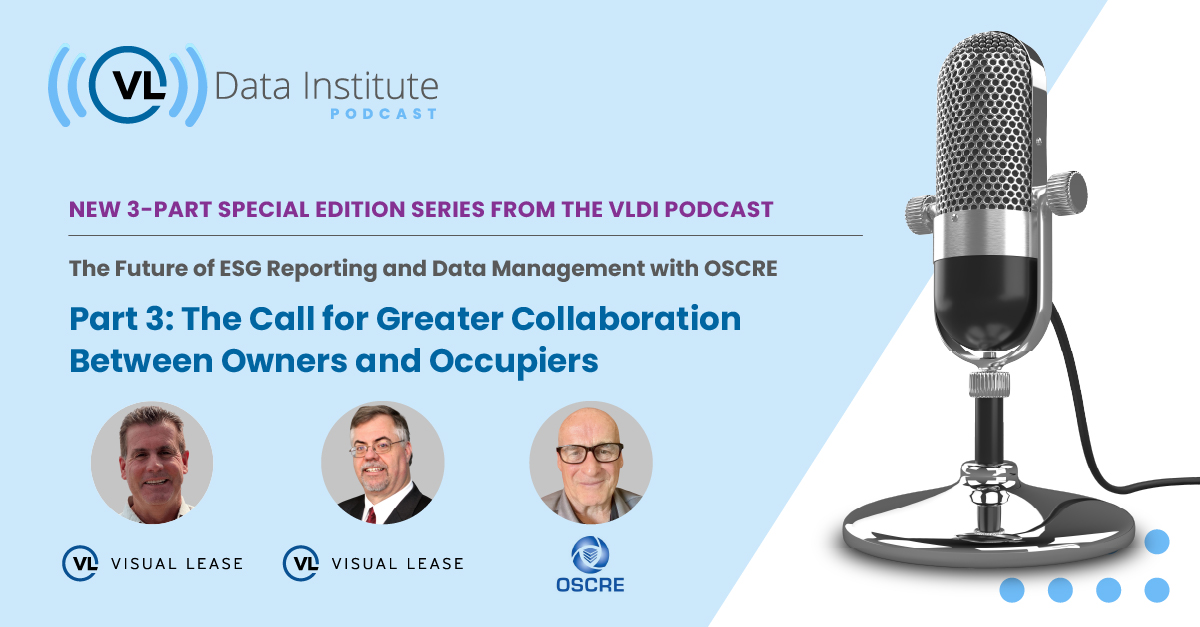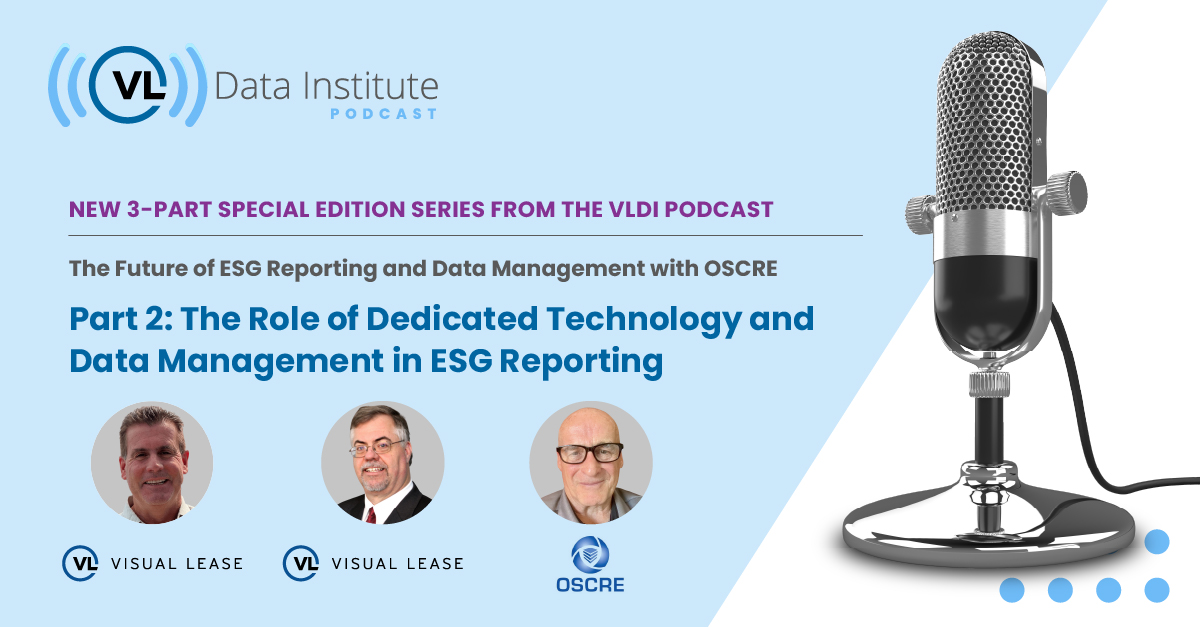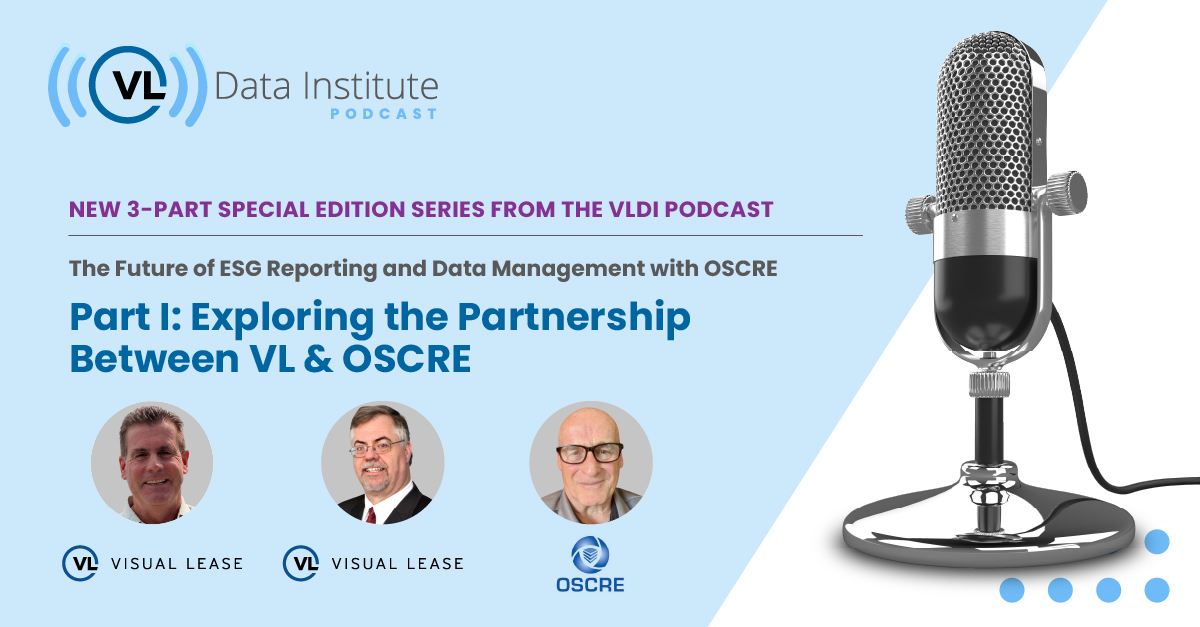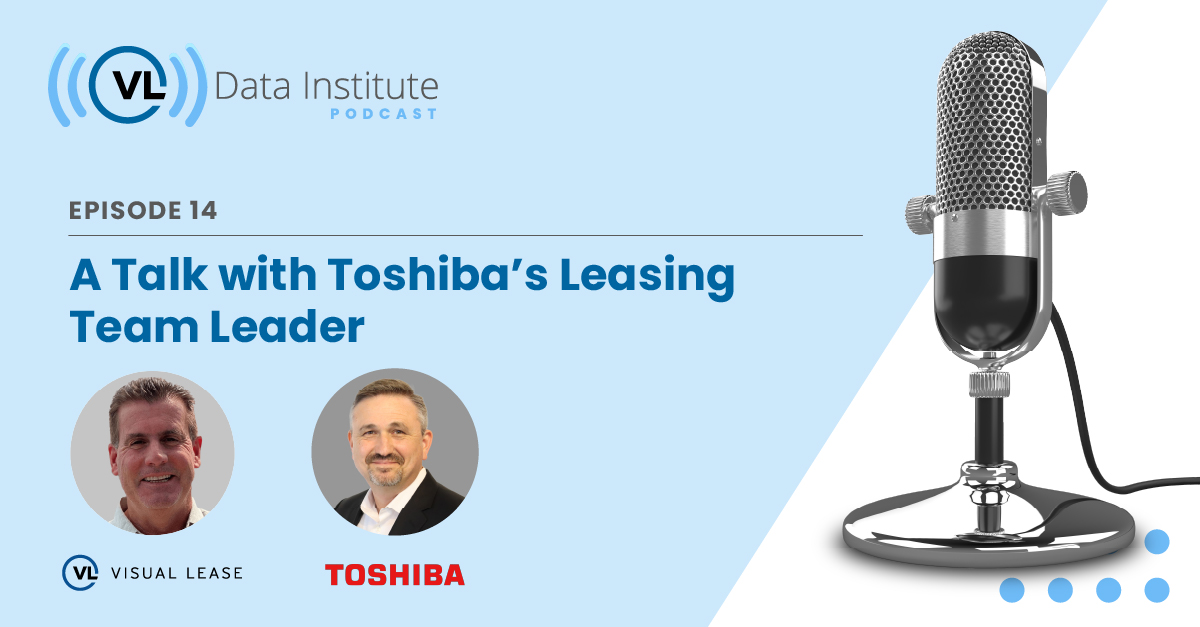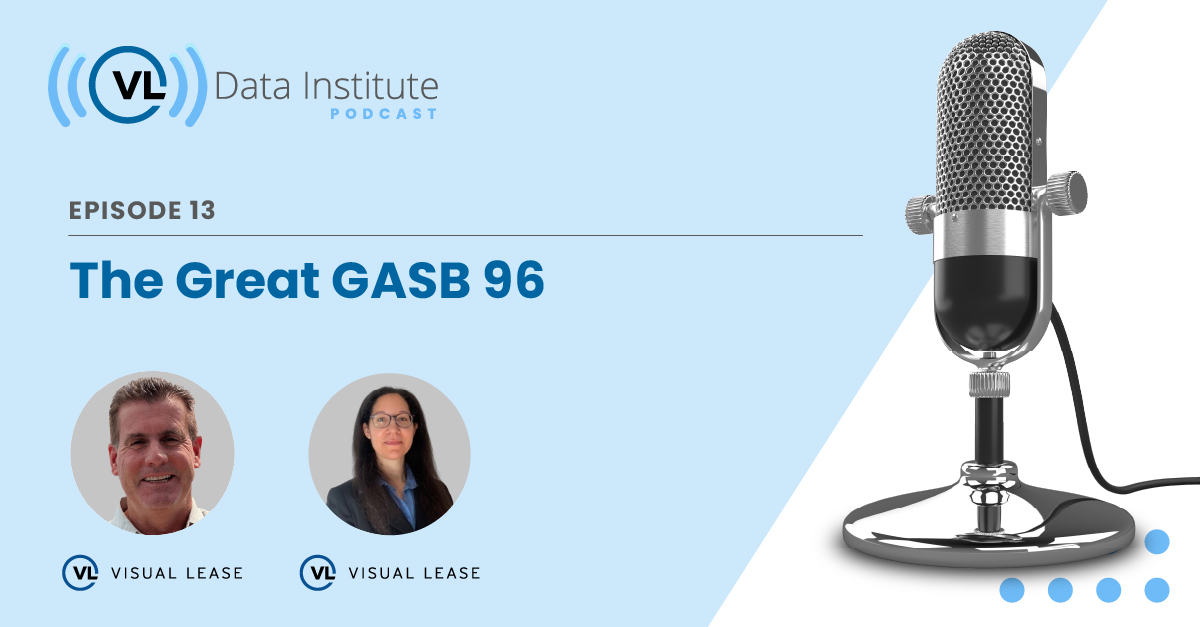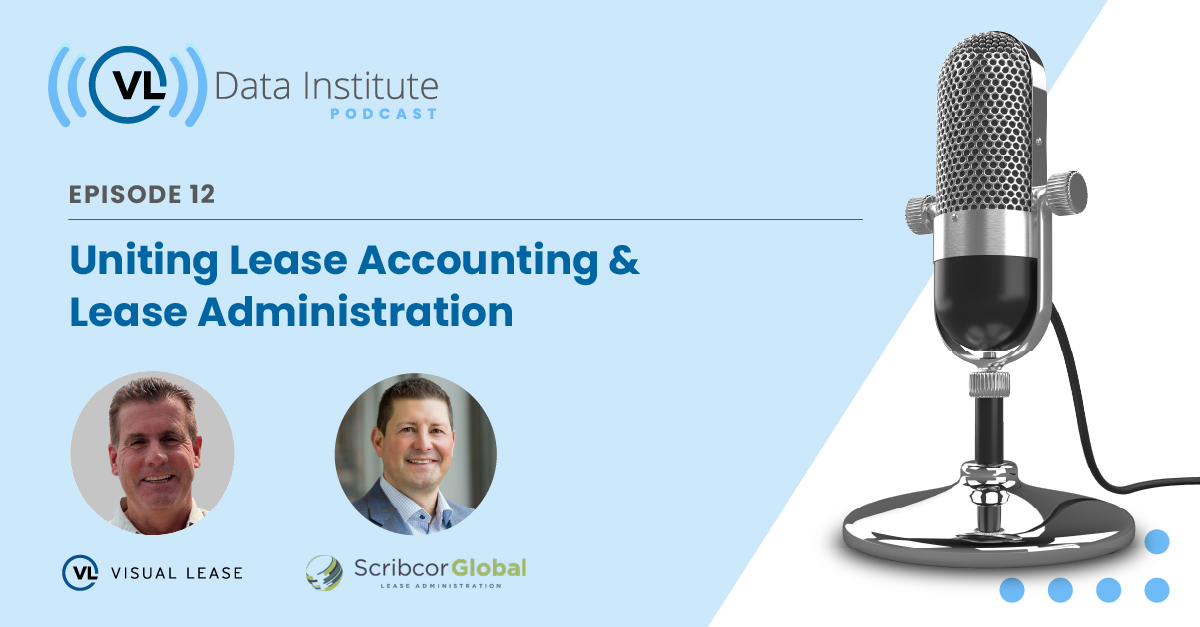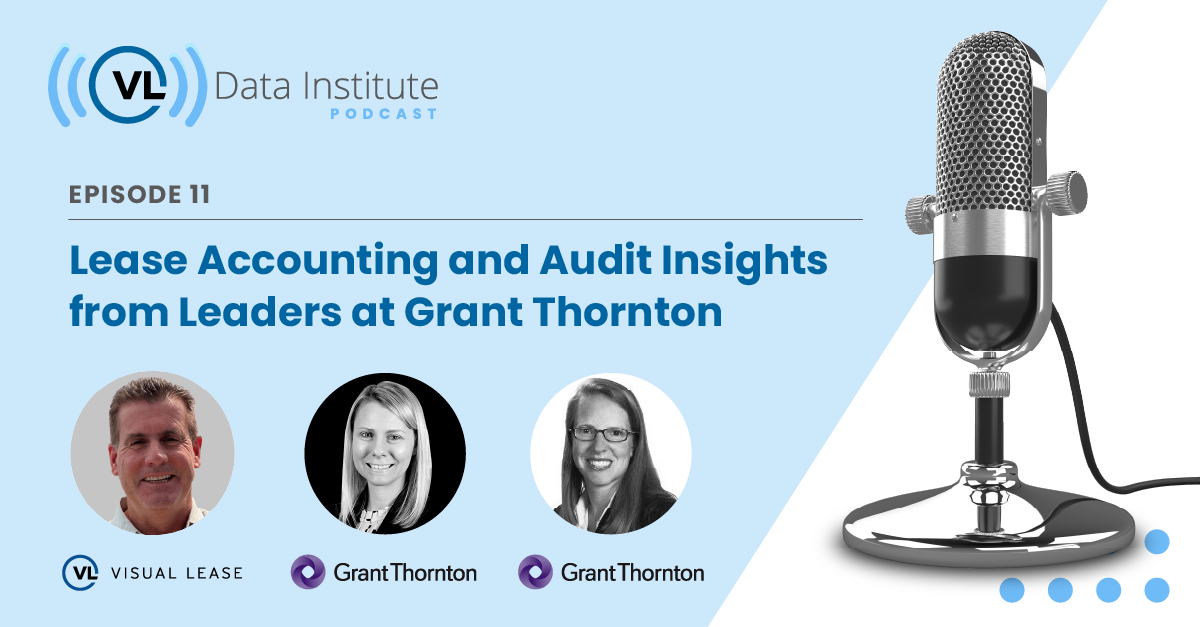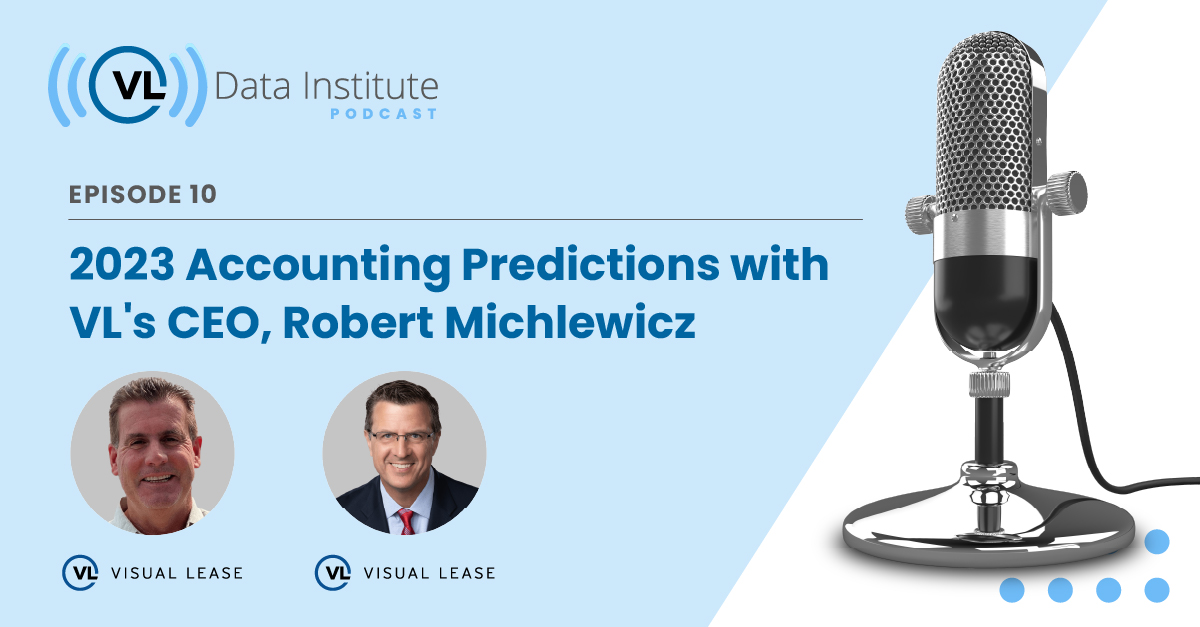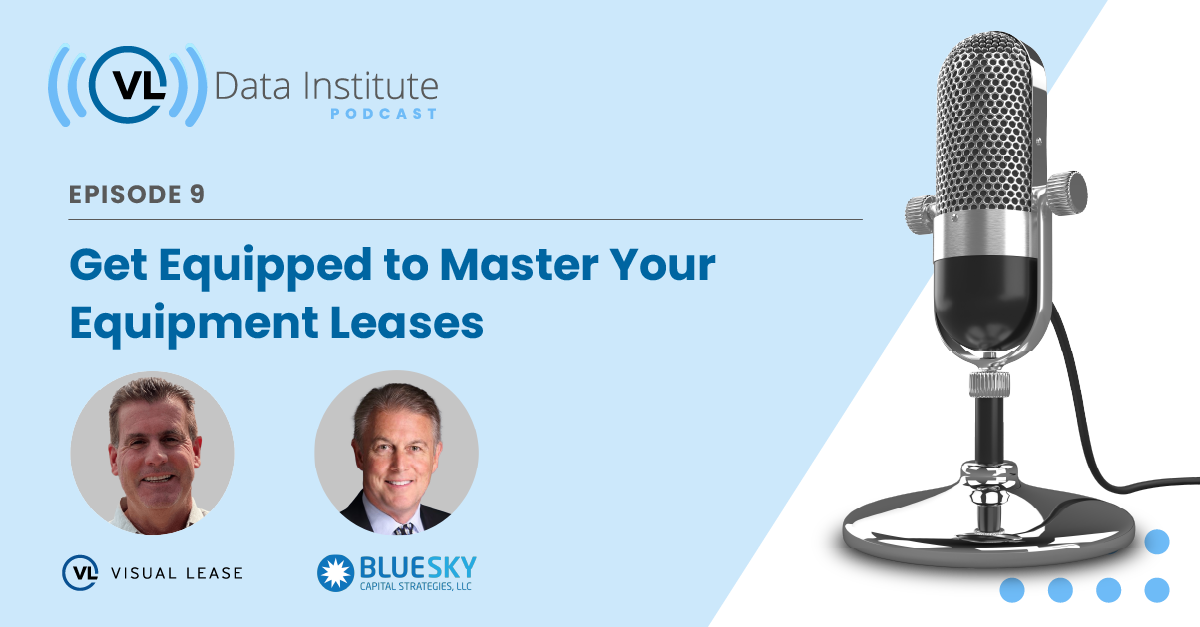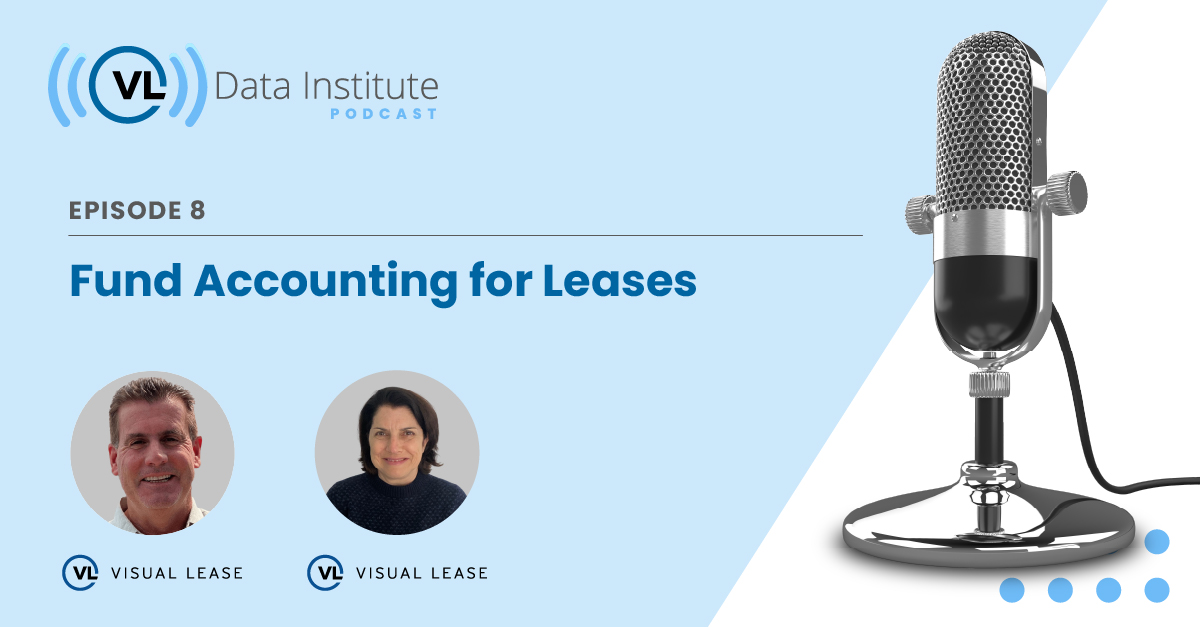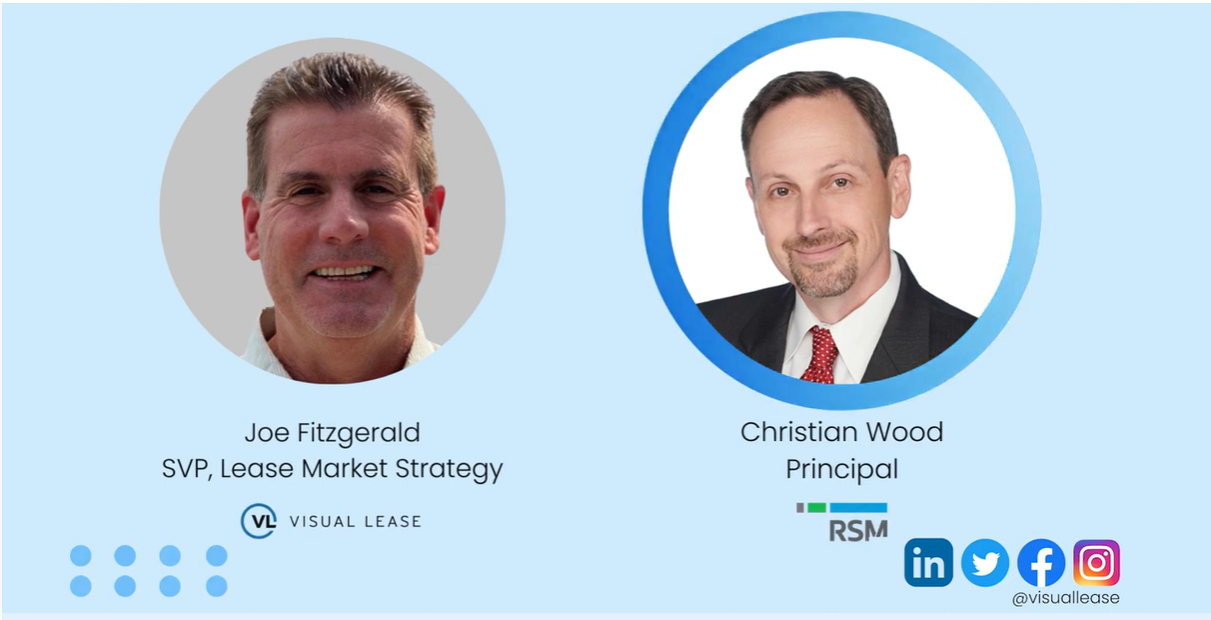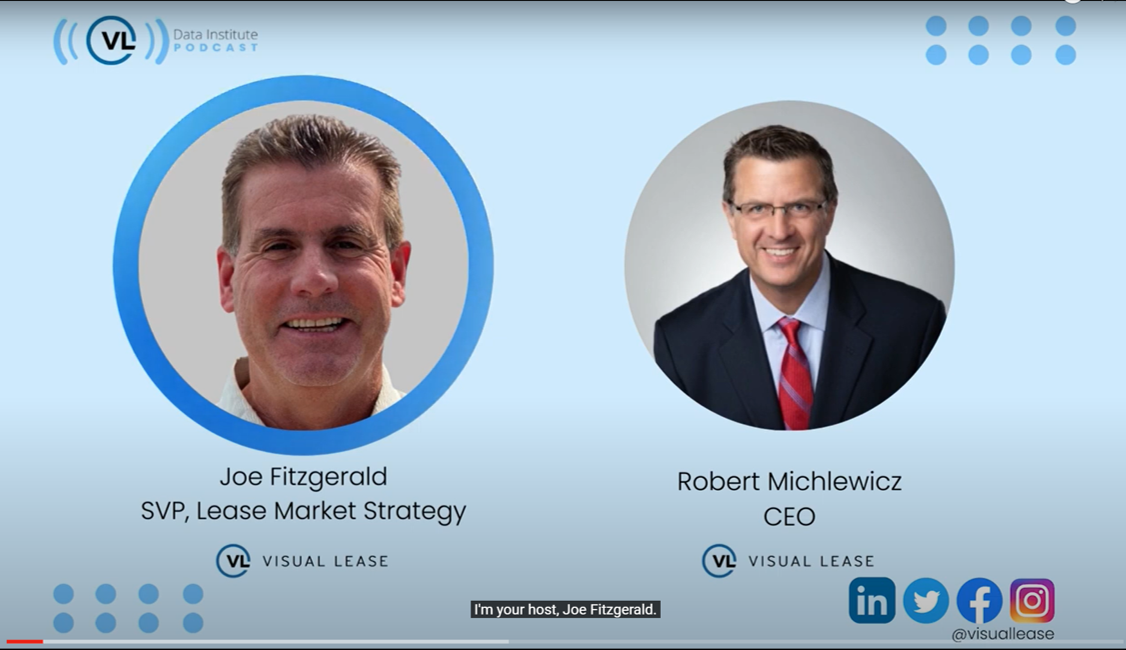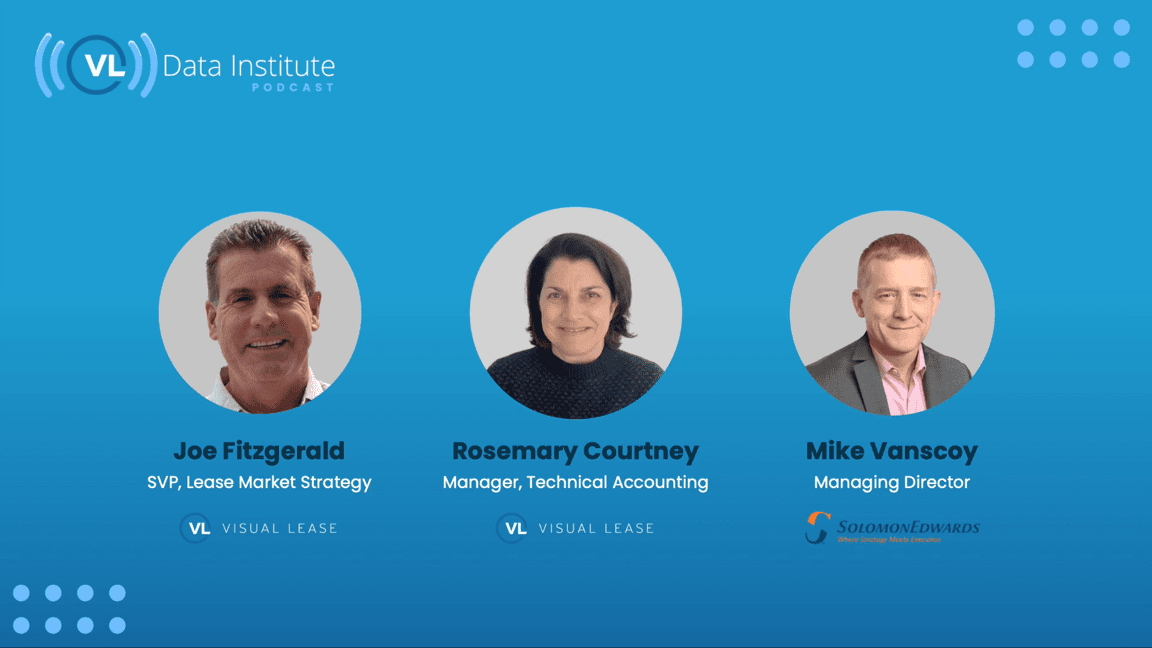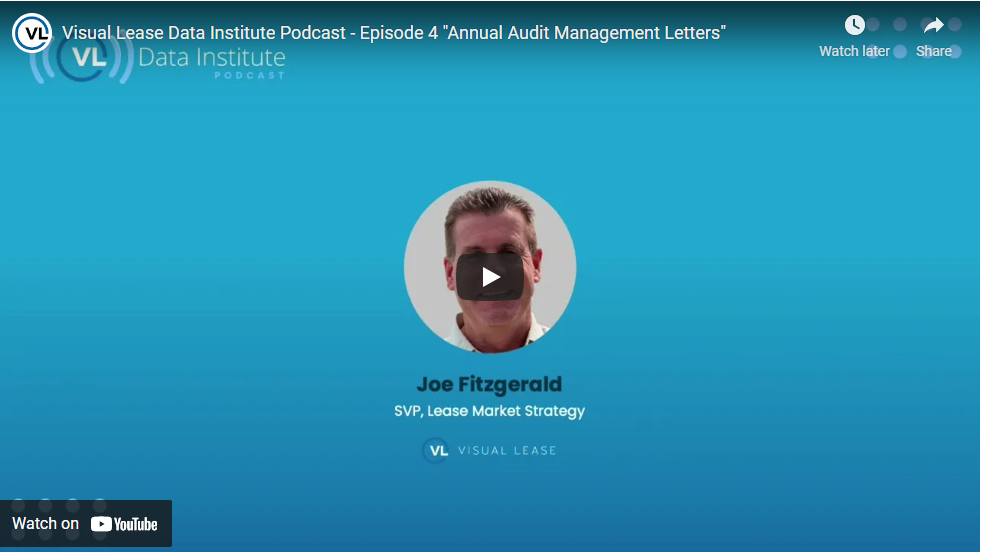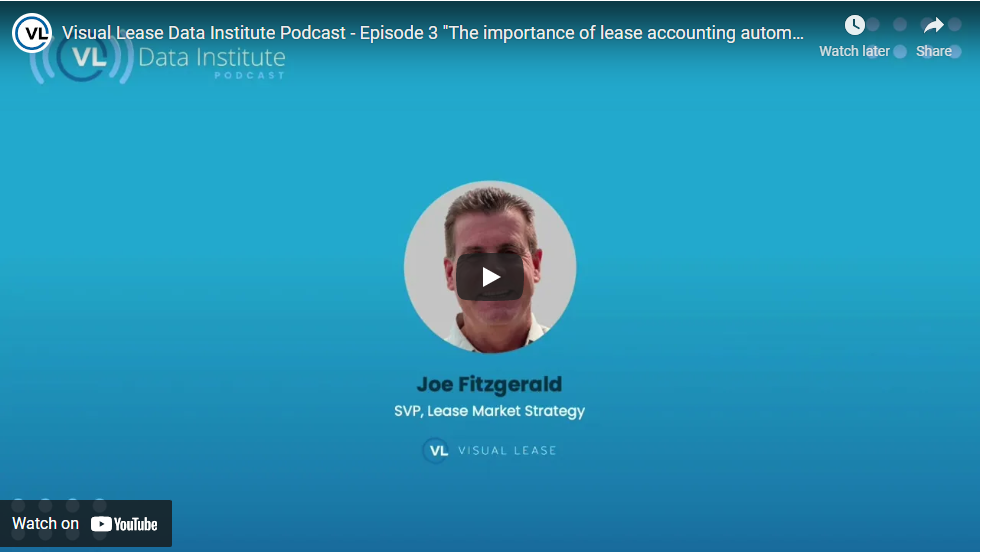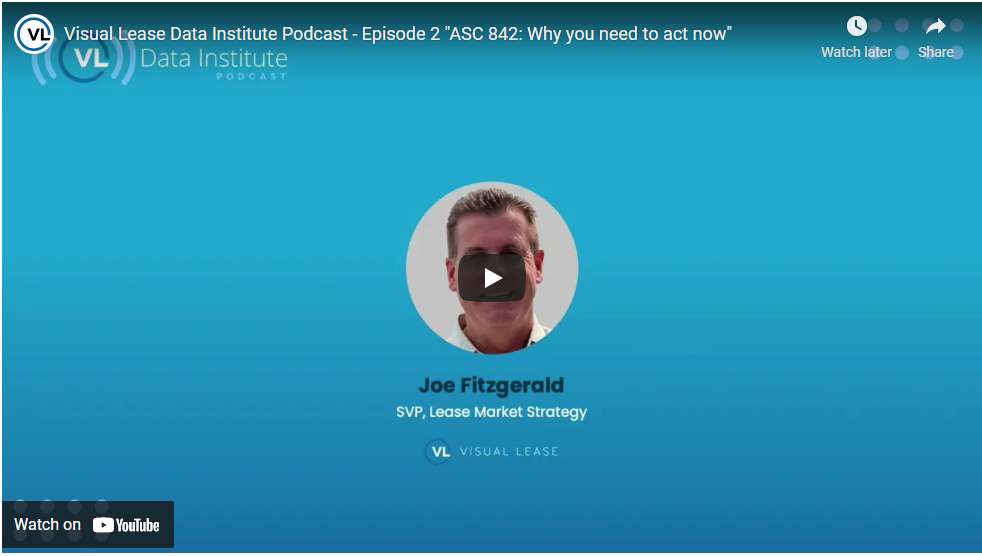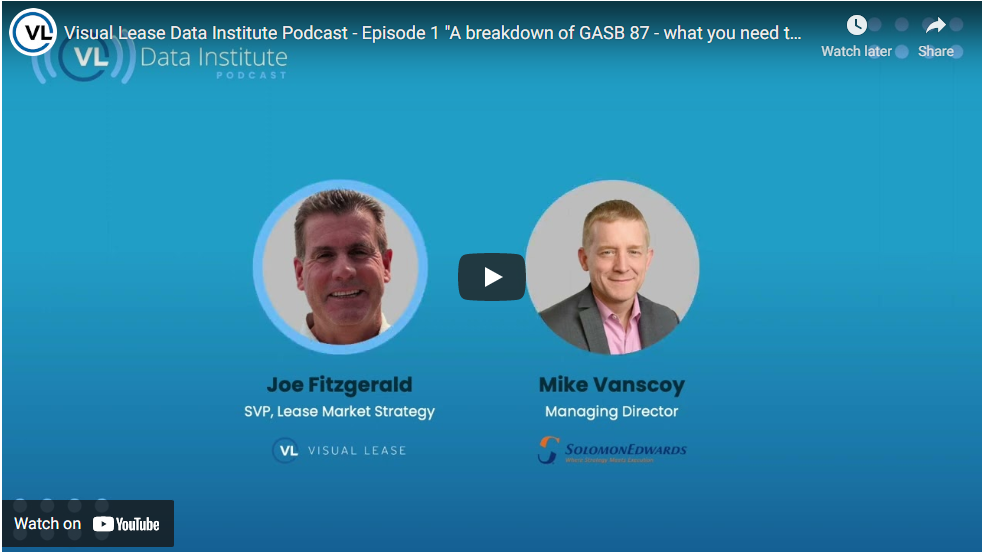In the finale of our special 3-part series with experts from VL and OSCRE, we break down how important it is that commercial landlords and tenants work together to create a more mutually beneficial partnership between both parties.
Read Transcript
VLDI Podcast Episode 15 Part 3: Transcript
Joe:
Welcome to the final installment of our special series of the VLDI Podcast episodes with Ian Cameron, Chief Innovation Officer of OSCRE, a Real Estate Data Industry Data Standards organization alongside Bill Harter, Principal Solution Advisor at VL. In this episode, Ian and Bill talk about the need for real estate owners and occupiers to collaborate when it comes to ESG related data.
Guys, I will say listening to you both speak, it does sound like there’s a mutually beneficial partnership that’s evolving here, which is great to hear. So before I let you go, Ian, one topic that has come up a few times is the need for owners and occupiers to collaborate and share data related to items such as energy usage so that both can report as accurately as practical. Can you elaborate more on that?
Ian:
Picture a situation of a corporate tenant in a building owned by an investment manager, let’s say run by an investment manager. Each of them has reporting responsibilities, but neither of them has 100% of what they need. So, there’s a dependency that’s just a natural dependency that’s not so easy to implement, but it’s necessary between owners and occupiers to exchange the kind of data that each needs to fulfill their own reporting requirements.
But traditionally, that’s very difficult to get both parties, one to agree to do it, and the second as to how to exchange that data. So, we’re breaking some new ground on how that sharing should take place. But I also think that the standards project that we’re working on together has obviously a technical piece and a process piece inside that also has a business case element and a lot of messaging around the way that we announce the standards and explain how it’s going to be used.
A large part of the ability to start to break down the kind of traditional barriers between those two stakeholders is the communications of it. So, vlogs like this are helpful to continue to help break down that barrier. And I hope there are both owners and occupiers online and listening to this. I would really encourage you to start to think about the use of a standard to help bridge that gap.
Thinking about your world at Visual Lease… Very much focused on the lease and therefore lease obligations. We have a sense that lease obligations are going to start to be modified to include data requirements for reporting, and that’s something on both sides because frankly, the occupiers need some information from the landlords because they have the meters, and they have a lot of the building system usage data that a tenant would never have.
And then at the same time, if take a situation like a net lease, then it may be that tenants may be paying for years directly to a power company, let’s say. So, they have information that the owner doesn’t have. So, both could be looking at that data set to say, okay, how do we stack up? And if we want to be able to communicate data in and out, even if it’s just between an owner and occupier, that data set will help.
What it also means then is that that implies that a tenant system and a landlord system would need to be able to either export or import energy data in a way that’s consistent and accurate. You are thinking about accuracy as well. That in part comes from using the same data structure and the same definitions, etc. but that’s also where the likes of an API came in.
And that’s why we’ve also focused on a data exchange mechanism. And I was listening to you, Bill, and there’s something that’s kind of characteristic of the OSCRE industry data model and this particular set of use cases in particular. I think many organizations have been kind of confused about what they have to do internally to manage energy data itself in a consistent way.
And that’s why the energy data set the energy data model that we’re producing gives both sides of that equation a chance to start to get it right. And what that also means that internally in those organizations, it allows the standard to be kind of brought in and incorporated into a data strategy, is also going to be very useful when it comes to things like master data or reference data in those organizations.
And one of the reasons I’m mentioning this is that this is something we do, a lot of which is to try to explain how you can get started with a data standard like this, how it can be incorporated into the things I just mentioned, strategy, you know, schema is a data architecture, those good things. We also published an implementation business case that will help people in both those kinds of organizations sell it internally, meaning selling the adoption of an energy data standard.
So, we’ve definitely tried to think about an owner’s perspective as a stakeholder and an occupiers perspective as a stakeholder, and also to help them both understand the value of picking up the standard, but also how to approach it and so Bill, I really appreciated your comments. It just made me realize that you probably have plenty of conversations going on with your customers about how you interact with their systems.
If you’re in fact pushing anything over or how you then pull data in from other sources. So, it seemed to me that this owner-occupier collaboration, an aspect, is a very important part of your world. And I’ve learned a lot just listening to you. And thank you for that.
Bill:
My pleasure. And I have to say, there’s a technical aspect to the owner occupier collaboration, but there’s also a psychological aspect to it as well. They’ve been adversarial for so long; they really have to learn that we’re all in this together.
Ian:
Yeah, absolutely. And that’s a feature of the way we develop standards. And you mentioned some of the organizations, Bill, who have been participating. It’s deliberately multifaceted because all these various stakeholders do have a significant stake. But you’re absolutely right. There’s a cultural barrier to this. Sometimes standards are not always on the top of people’s minds, but we’re also doing a lot of work to demystify what standards are all about.
And we’ve seen so many projects, data projects, where an internal focus forgets to look externally to what kind of industry standards might be available. And we are very specifically pointing to the OSCRE industry data model as a starting point for that.
Bill:
And I absolutely agree, and that’s why I am very eager to be involved with OSCRE to help develop the standards. Been great work.
Joe:
That will conclude our special series of the VLDI Podcast with Ian Cameron and Bill Harter. Ian, Bill, thank you so much for coming on the show and sharing your wealth of expert insights with us on all things ESG and data management. For those listening, if you enjoyed this episode and want to catch up with other resources from the Visual Lease Data Institute, to be sure to follow our LinkedIn, Twitter, Instagram and Facebook pages @visuallease, as well as our new LinkedIn community page. Links to all our pages will be in the YouTube description box. And don’t forget to tune into the next episode of the Visual Lease Data Institute Podcast, where our focus is on helping you leverage your lease portfolio to stay ahead of what’s next.











